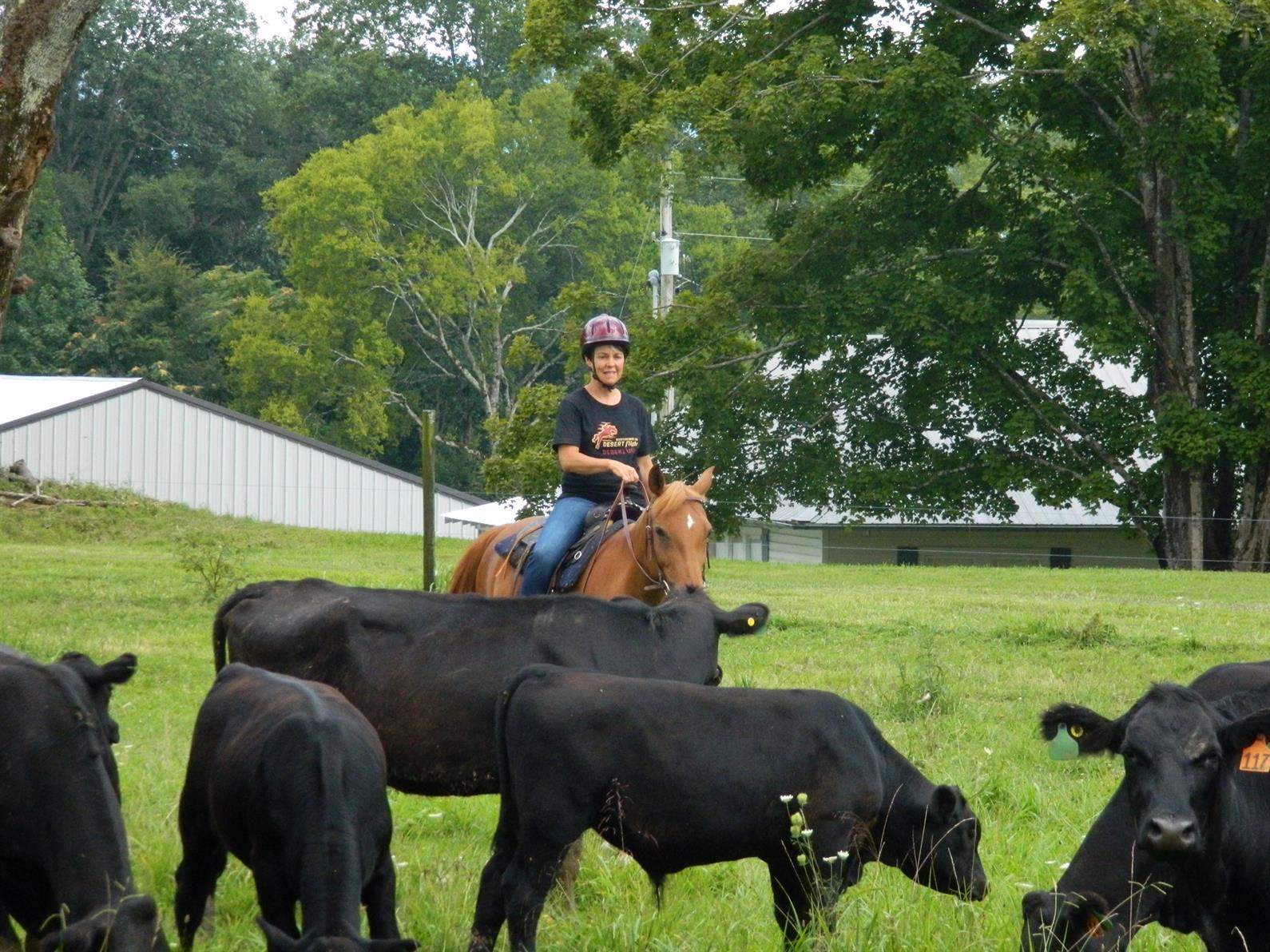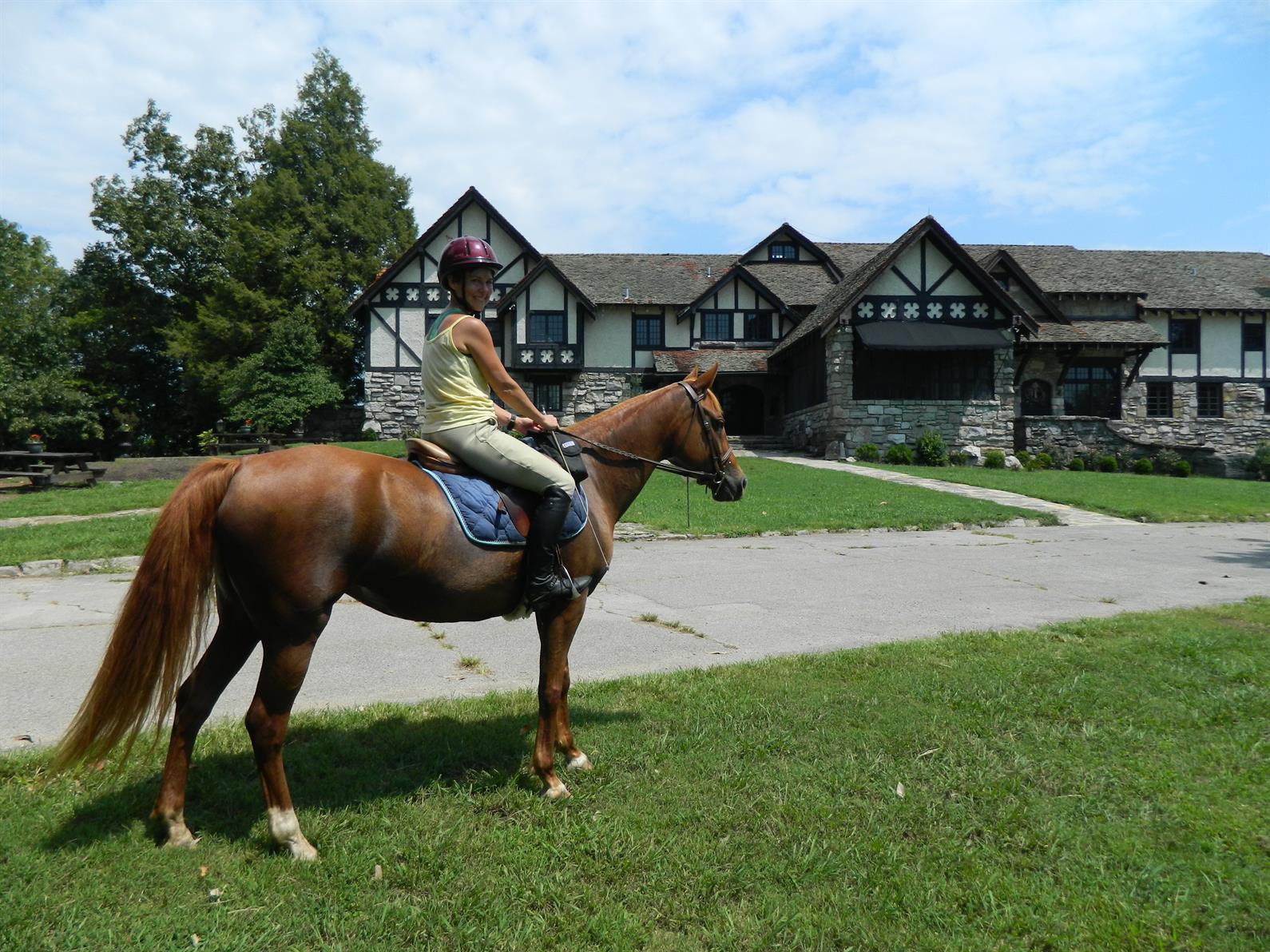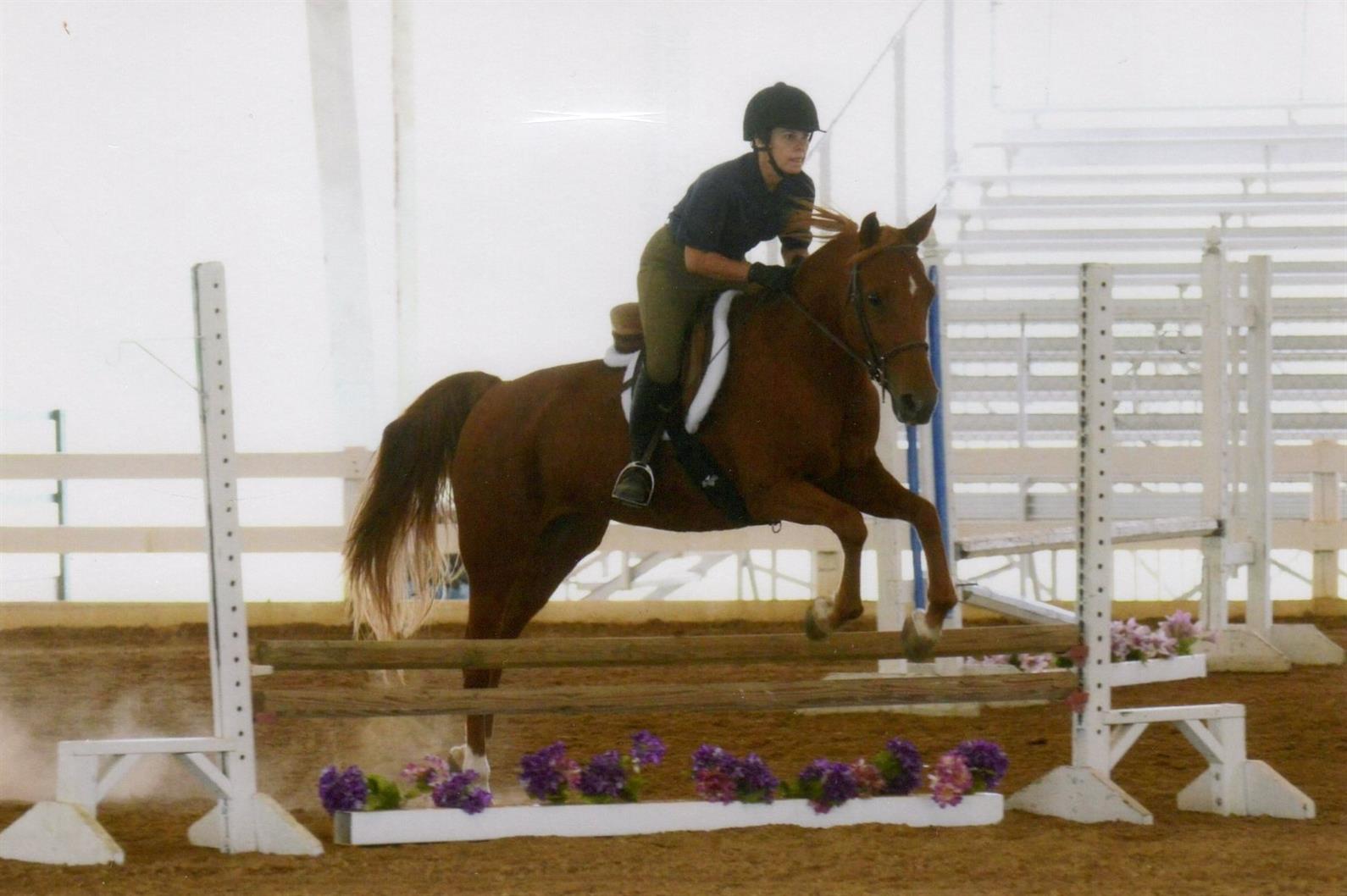
Photo: Courtesy of Hope Ellis-Ashburn
When I first became involved with Arabian horses in the mid-1980s, just one of my idols was the iconic Khemosabi +++//. He was wildly successful, and I admired him at least partially for his versatility, a quality that for me would come to personify the Arabian breed to whom, for decades, I have dedicated my life. Khemosabi was a multi-talented, multi-discipline champion who filled me with excitement.
However, my early vision of a happy future with Arabian horses presented a quandary, of sorts. My limited financial resources prevented me from pursuing multiple horses who were specialists in the sometimes-individualized disciplines that captured my heart. Instead, I knew that I would need a horse like Khemosabi that could do it all. Thankfully, an early exposure to individuals who would both inspire and make possible my passion has allowed me to experience the blissful life with Arabians that I once envisioned. Enter my current half-Arabian mare, Aallusive Angel.
“Mustang Sally” (or more simply “Sally”), as she is known due to a tiny infusion of mustang blood, was an answered prayer as I sought a replacement for another Arabian, Faax El Din, who at the time was my soon to be semi-retired horse of a lifetime. During our 13-year partnership, Sally, now 18, has become my second once-in-a-lifetime horse. As a busy teacher, farmer, and freelance writer, I needed a multifaceted horse with a solid work ethic who stood ready to go down trails, work cattle, and school over fences occasionally, even entering schooling shows. Sally, I found, was just that.
Cattle Work
My mare, her pet donkey Harmony, and I live on Ashburn Angus Farm, a Tennessee Century Farm my husband and his family own in Whitwell, Tenn. It has been in continuous agricultural production by the same family for 195 years. With a strong historical base, we have two farms that encompass 110 acres, raising hay and black Angus cattle in a cow-calf beef operation. On our farms, it’s not unusual for Sally and me to check over the herd, ride fences, search out the occasional lost or sick calf, or help bring up the cattle for things like putting in fly tags, administering vaccinations, or dispensing dewormer.

Sally’s tranquil demeanor means that the animals remain calm in her presence, regardless of whether she’s working with young calves or new or experienced members of our herd. Still, she seems to enjoy the excitement that sometimes calls for us to go from leisurely walking the herd in from the pasture to galloping off and rounding up an errant calf. I can recall times we’ve brought in an injured cow from pastures far from our barn. Many times, these cows want to stay “planted” where they are, not rounded up for treatment. Sally has been head-butted and pushed around, but she still calmly and steadily presses forward with the job at hand.
Trail Riding
Owning a farm also means that there is plenty of room to trail ride both on and off the property. Regardless of where we ride or whether we are alone or in company, Sally is always dependably the same. I can count on her to keep her wits about her, whether we are riding in open country or climbing wooded hillsides.
One of my favorite off-farm places to ride is the Milky Way Farm in Pulaski, Tenn. The farm features a wide variety of terrain and beautiful scenery, but one of my much-loved features is the training track where 1940 Kentucky Derby winner, Gallahadion, once trained. Several times I have galloped my red mare, full speed ahead, around the mile-long track. I love that she always willingly comes back to me, no matter how fast we have been flying along.
Hunter

Because I enjoy jumping, I ask Sally to do that, too. Her consistency often allows us to perform credibly well, in spite of the fact that my busy lifestyle does not always allow time for extensive training and showing. We have a homemade arena at the farm that we use for schooling. When we are able to schedule in time to show, she carries me around 2’6” courses.
Over the years she’s brought home several schooling show high-point awards and even a year-end championship. When my daughter was younger and still had an interest in horses, Sally unfailingly packed her around walk-trot pole courses and in gymkhana-type classes, contributing to the confident young woman she has become today.
And more!
In our years together, I have developed such an extraordinary level of trust in Sally that I am always setting new goals for us. In addition to the above disciplines, we’ve also competed in halter classes. Several years back, I even went so far as to purchase a sidesaddle with the goal of one day learning to ride well in this discipline. Sally has already shown that she, too, is willing to learn during the times that I’ve had the sidesaddle on her back as we’ve walked around the farm gaining experience with the new discipline’s many nuances.
To me, Sally is the highest example of the perfect Arabian. Her versatility allows us to be both free of boredom and motivated to ride. And I believe that our variety of shared experiences has deeply bonded us in ways that might not have been possible without them. Our connection allows both of us to reap the joy of a true partnership. There are benefits for Sally, too: her high level of intelligence is constantly challenged with opportunities for enrichment that further enhance an already useful life well lived.
Learn more about the Arabian breed by visiting the Arabian Horse Association and US Equestrian's online Learning Center, where you'll find videos about the Arabian and all 29 US Equestrian-recognized breeds and disciplines.
Want articles like this delivered to your inbox every week? Sign up to receive the Equestrian Weekly newsletter here.
This article is original content produced by US Equestrian and may only be shared via social media. It is not to be repurposed or used on any other website than USequestrian.org.

